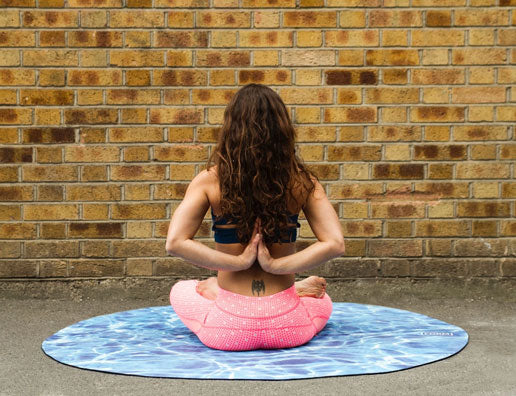
Muscle knots are very painful and in extreme cases can be debilitating. They can sometimes be as tight and hard as an unripened mango. There are ways to treat muscle knots, reducing pain, improve range of motion and get you back to your old self in less time.
Muscle knots (formally called myofascial trigger points) are muscles in a state of constant contraction. These hardened bumps are actually the result of your body protecting itself from further injury by a phenomena known as “muscle guarding”. When muscles are strained, overworked or injured muscles around them tighten to prevent more damage and encourage healing processes. So, a muscle knot is really a muscle tightening (or contracting) itself to form a hardened shell as a protective measure. The muscle is contracted by the same brain impulse you use to move a limb. In other words they are really like a shell to guard an injury. A muscle knot, it is not a voluntary action however. You can not loosen the knot yourself just by focusing and releasing the contraction. It’s completely involuntary, and it produces several adverse results like limited range of motion, serious discomfort, pain and tightness. You can treat muscle knots however and reduce the amount of time you suffer.

The best treatment for muscle knots and tightness is to use a range of therapies like TENS, EMS and physical exercise. Apply the TENS Machine to the area of tighteness, and continue using additional therapies as needed. Other therapies like heat, cool packs, massage and regular exercise routines are also effective ways to get rid of muscle knots. You can also develop your own routines and adjust your daily ergonomics to reduce the chance of injuring or straining a muscle to prevent muscle knots. As always, consult a doctor before using any therapies or treatments for your muscle knots.
Muscle knots are caused by several things including pain in muscle tissue, overuse, strains and even trauma. When a muscle is overworked or injured, it can tighten up. Muscles around the painful area will also bunch up, tightening into a knot to protect the area from further injury—a response known as “guarding”. Muscle knots are a bodily reaction or impulse designed to protect your tissue from further injury. The flesh is “bunched up” as a way to defend against further trauma while the muscle heals—a phenomena called “guarding”.
Muscle Guarding is a protective reaction occurring inside of your body inside a group of muscles with an injury, pain or inflammation. When a muscle is injured, muscles surrounding it tighten up to form a “barrier” of protection, like an automatic defense system, to protect the muscle from more injury and encourage healing. A TENS machine can reduce muscle guarding by easing pain which leads to a reduction in knots and tightness. View this study showing how using TENS along with the right stretching exercises can reduce tightening and improve range of motion.